Description
Gypsophila Elegans Mixed
Gypsophila Elegans Mixed. A delightful annual for the border also known as “Baby’s breath”, producing blankets of delicate flowers in a mixture of shell-pink and white shades, splendid for cut flowers. Can also be grown as flowering pot plants, in drifts or planted to cascade down steep banks or dry walls, flowers early summer. Height around 45cm (18in).
Cultivation Advice
- Choose a sunny spot for planting, as baby’s breath thrives in full sun. Ensure the area has well-draining soil.
- Plant seeds directly into the garden after the last frost date in your region for the best results.
- Work the soil to remove debris, rocks, and weeds. Loosen the soil and amend it with organic matter like compost for improved fertility and drainage.
- Sow the seeds directly into the prepared soil by lightly pressing them onto the surface. Avoid covering the seeds deeply, as they require light to germinate.
- Keep the soil consistently moist but not waterlogged during the germination period. Once established, baby’s breath is drought-tolerant and requires less water.
- When the seedlings have developed several sets of leaves, thin them to provide sufficient space, typically around 6-12 inches apart, for healthy growth.
- Apply a thin layer of mulch around the plants to conserve moisture and suppress weed growth, especially during the early stages of growth.
- Consider providing support or staking for taller varieties to prevent them from bending or lodging during windy conditions.
- Baby’s breath doesn’t require heavy feeding. However, if the soil is poor, a light application of a balanced fertilizer during the growing season can be beneficial.
- Remove spent flowers regularly to encourage continuous blooming and prevent the plant from going to seed prematurely.
- In regions with extremely hot summers, provide some afternoon shade to protect the plants from intense heat.
- Baby’s breath is an annual plant and will not survive frost. Collect seeds for the next growing season or allow the plant to self-seed if desired.
- Baby’s breath prefers slightly alkaline to neutral soil with a pH around 6.0 to 7.5. Test the soil pH and adjust it if necessary.
- Gypsophila elegans can thrive in containers. Use well-draining soil and ensure adequate sunlight for container-grown plants.
- Baby’s breath is relatively low-maintenance. Once established, it typically requires minimal care beyond regular watering and deadheading.
- Baby’s breath flowers can attract pollinators such as butterflies and bees to your garden, making it a beneficial addition to support local ecosystems.
- Harvest baby’s breath flowers for fresh or dried floral arrangements. Cut stems when flowers are in full bloom, and hang them upside down in a dry, airy place to dry.
- Pair baby’s breath with other annuals or perennials in mixed borders or cottage-style gardens to complement their delicate appearance.
- Use baby’s breath along garden borders or pathways to create a soft, ethereal border or edging effect.
- Baby’s breath can self-sow. Deadheading can prevent excessive self-seeding if you prefer to control its spread.
- To extend the blooming season, sow seeds successively every few weeks to ensure continuous flowering throughout the season.
- Be cautious not to overwater baby’s breath, as excessive moisture can lead to root rot. Allow the soil to dry slightly between watering sessions.
- When harvesting flowers for arrangements, cut stems early in the morning or late in the evening when temperatures are cooler. Place the stems in water immediately to preserve freshness.
- Baby’s breath is relatively resistant to pests. However, occasionally aphids or spider mites might appear. Use insecticidal soap or neem oil for natural pest control.
- Ensure proper air circulation around the plants to reduce humidity and minimize the risk of fungal diseases. Avoid overhead watering to prevent foliage from staying excessively wet.
- Regularly inspect plants for signs of stress, discoloration, or abnormalities. Early detection of issues allows for prompt intervention and prevents widespread problems.
- In regions with mild winters, baby’s breath might survive as a short-lived perennial. Mulch around the base of the plant to protect the roots during winter.
- Baby’s breath comes in various shades. Experiment with different colors and combinations to create diverse and visually appealing garden displays.
- Besides attracting pollinators, baby’s breath can attract birds that may use the plant’s structure for nesting or shelter.
- Freshly cut baby’s breath can be used to complement larger floral arrangements or as a standalone display in vases for a delicate and romantic touch indoors.

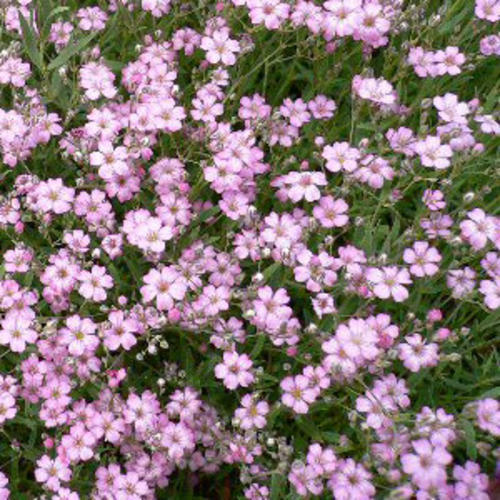
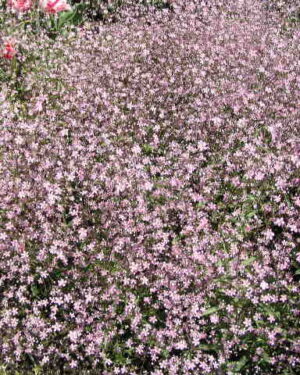
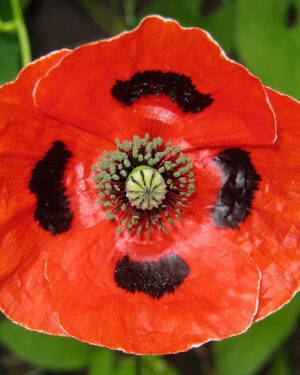

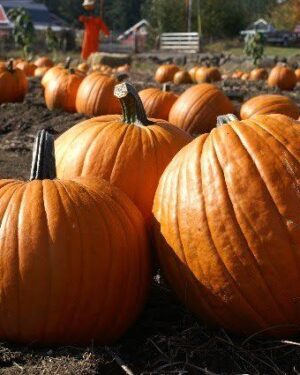
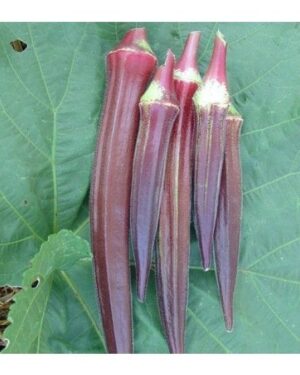

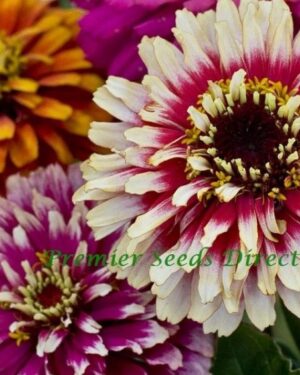
Reviews
There are no reviews yet.